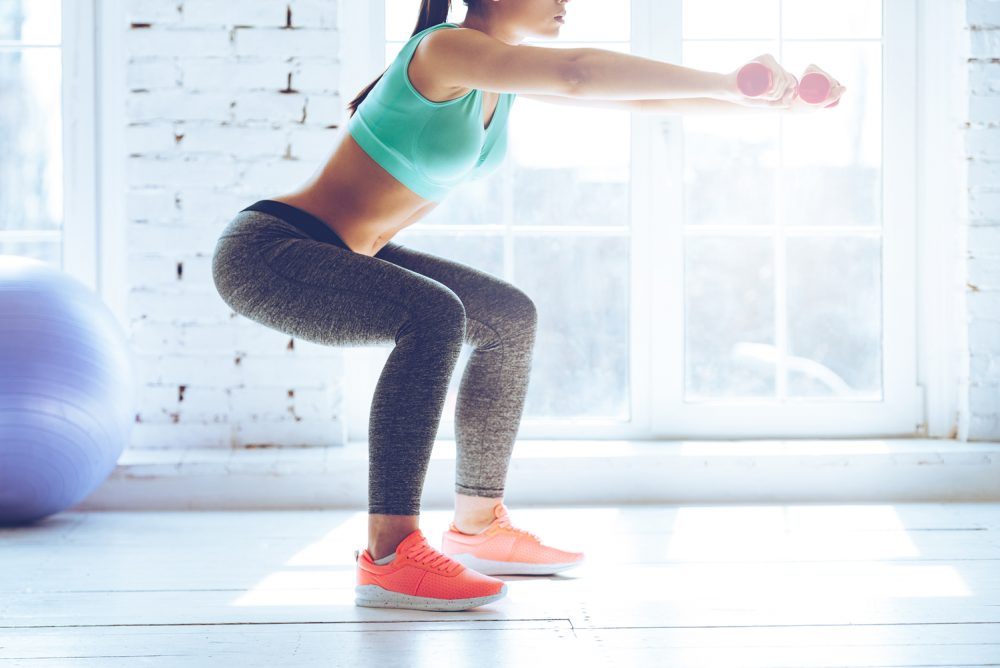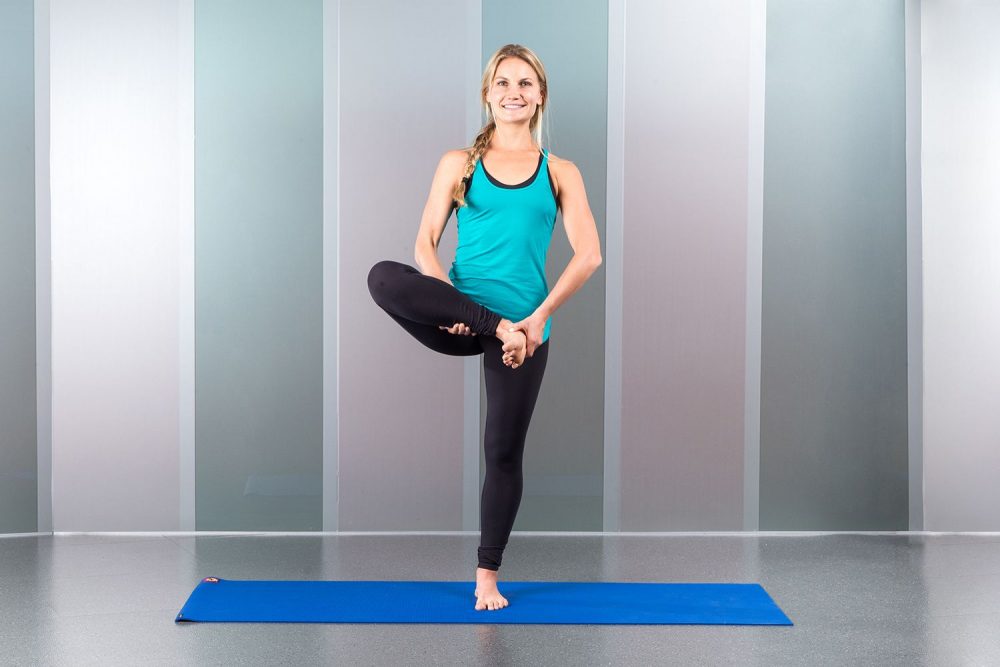
One of our greatest fears as we get older is that we will break a hip, an event that can cause permanent disability,depression, and the need for long-term care. Women are twice as likely as men to suffer a hip fracture, partly because we have a greater risk for osteoporosis, a condition that weakens bones.
The chances of developing osteoporosis vary with age, body type, estrogen levels, genetic makeup, ethnicity, lifestyle, level of physical activity, diet, and certain medical conditions. Women are especially vulnerable because they lose bone at an accelerated rate during the first few years after menopause. Along with adequate calcium and vitamin D, exercise is a cornerstone of osteoporosis prevention. It not only helps limit bone loss but also improves balance and coordination and strengthens the muscles we rely on to stay upright. This provides a hedge against falls — one of the main causes of fractures.
Weight-bearing and resistance exercise are especially important. This article highlights some exercises that are particularly good for building hip strength. Keep in mind that they work best as part of an overall program that includes a variety of aerobic, strength, and stretching activities.

Sit on a chair with your one leg bent and the foot tucked against the opposite thigh. Hold for 10-20 seconds, then repeat. This exercise lengthens muscles on the inside of the thigh and helps hip mobility.

1. Stand facing a wall, with your hands on the wall to support you and your feet slightly apart.
2. Keeping your one leg straight, slide it out to the side and back again. Repeat. This exercise strengthens the muscles on the outside of the hip.

Standing with your strong side next to a wall and your hand on the wall for support, extend your weak leg out behind you. Don’t let your back arch. Rest your other hand on your stomach. Keep your abdominalstaut so that your trunk is stable and the movement comes from the hip rather than the spine. Hold and repeat.
1. Stand facing a wall, with your hands on the wall to support you and feet slightly apart. Turn the foot on one side in, then lift that leg out to the side. Return to the starting position and repeat. This coordinates and strengthens the muscles on the outside of the hip.
2. Variation: turn your foot out, then lift your leg out to the side.
1. Stand facing a chair. Step up on to the chair with your weak foot, keeping the other foot on the floor.
2. Holding on to the chair, bend the supporting leg and lean gently forward on to your weak leg so that your hip and knee bend further and the knee comes up toward your chest. Feel the movement at the front of your hip. Sustain the position for up to 10 seconds.
1. Knell down, sitting on your heels.
2. Shift your hips over to the left side and hold. Try to take your bottom to the floor.
3. Then shift your hips to the right side and hold. Repeat the sequence.
This exercise coordinates hip and trunk muscle work while improving hip mobility.
Lying on your back, bend your weak leg and bring it up toward your chest. Holding the knee with both hands, guide it in an arc toward your opposite shoulder. Use small, repetitive movements to promote mobility in the hip.
1. Sit on the floor with your weak leg crossed over your strong one, the weak foot on the floor next to the strong knee, and the weak knee bent up toward your chest.
2. Use your hand to apply gentle overpressure at the knee, pulling it up toward the shoulder on your strong side. Hold for 5 to 10 seconds.
This exercise stretches the soft tissues lying over the back and outside of the hip.
Lie with your one leg vertically against a wall, with your bottom as close to the wall as possible. Bend your weak knee and place your ankle on the opposite thigh, just above the knee. Bend your strong knee slightly and hold. This is a strong stretch that will be felt on the outside of the weak hip.
Lie on your front with your legs straight and toes gently pointed. Bend your weak knee so that the foot comes up toward the buttock, to allow the muscles that run over the front of the hip and into the thigh to lengthen. Hold, relax and repeat.
Note: Work steadily; don’t push yourself to do exercises for which your body is not ready. You should be able to hold positions for longer than a few seconds, and repeat 6 to 8 times.